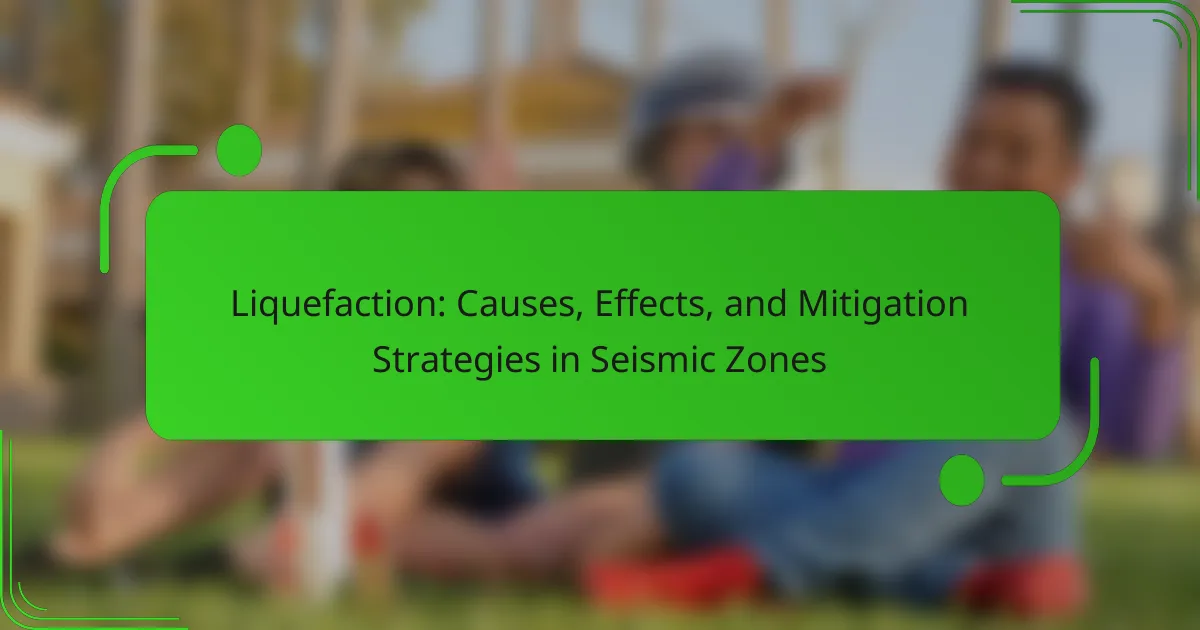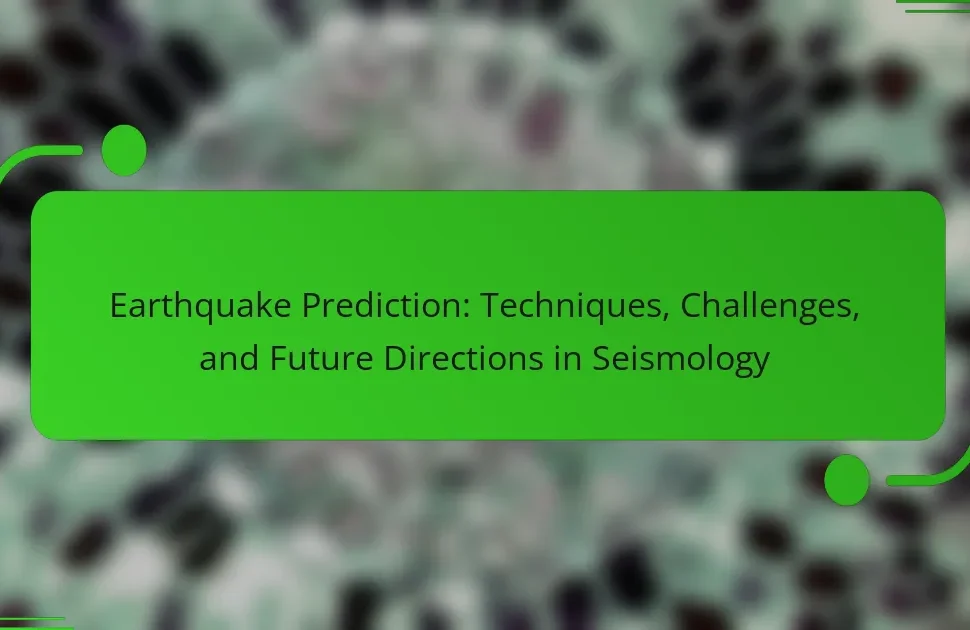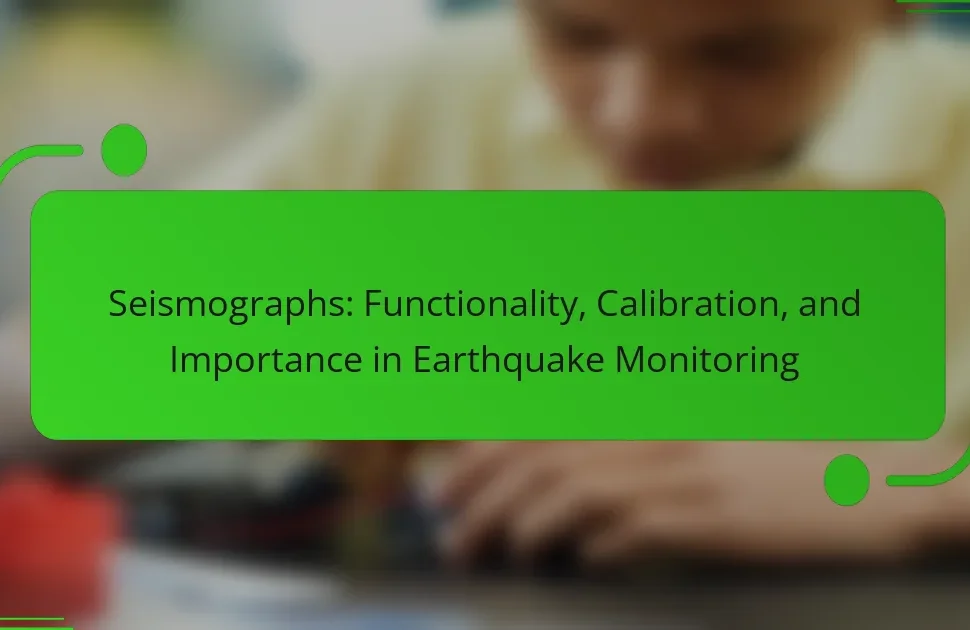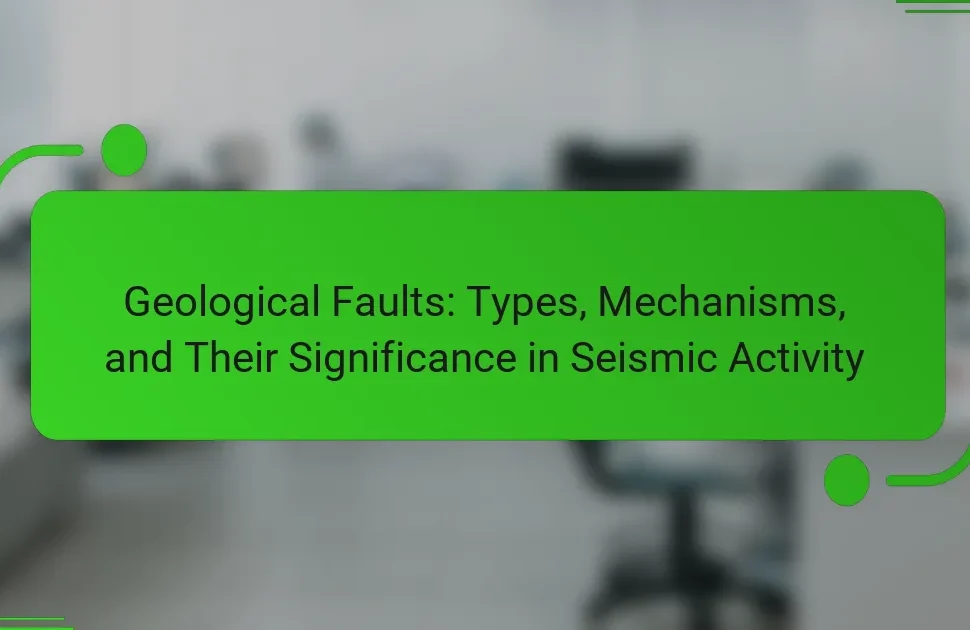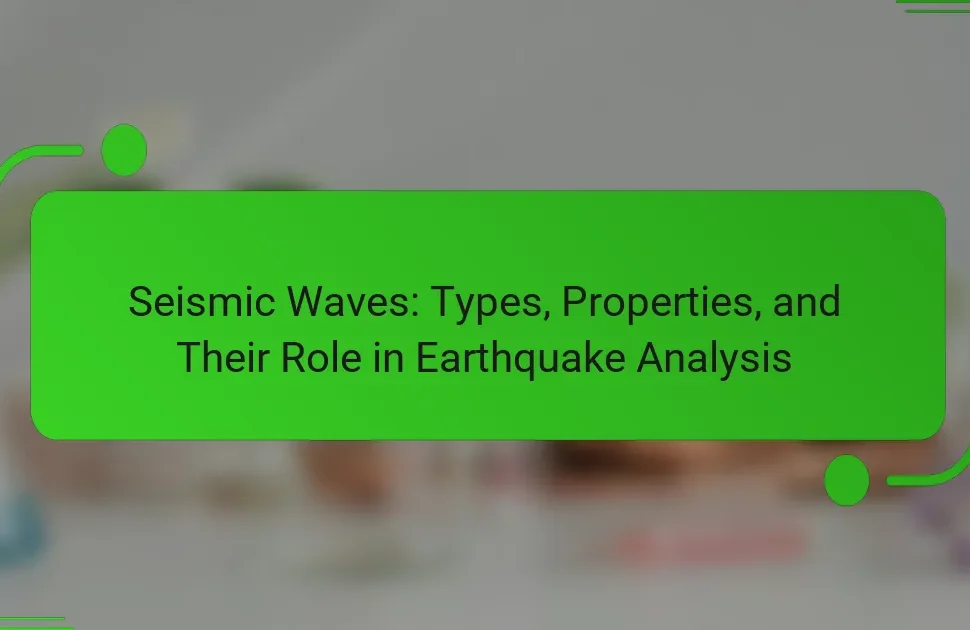Liquefaction is a geological phenomenon characterized by the loss of strength and stiffness in saturated soil due to applied stress, often during earthquakes. This article explores the causes and effects of liquefaction, highlighting its potential to cause significant ground failure, structural damage, and the historical context of events like the 1964 Alaska earthquake. It also examines various engineering mitigation strategies, including soil densification, drainage systems, and deep foundations, which can reduce the risk of liquefaction-related damage. Additionally, the article addresses the challenges associated with predicting liquefaction occurrence, variability in soil conditions, and the limitations of current building codes and public awareness.

What is Liquefaction?
Liquefaction is a geological phenomenon where saturated soil substantially loses strength and stiffness in response to applied stress. This typically occurs during earthquakes or other significant ground shaking events. When the stress exceeds the soil’s capacity, it behaves like a liquid. Liquefaction can lead to ground failure, causing buildings and infrastructure to sink or tilt. Historical events, such as the 1964 Alaska earthquake, demonstrated the destructive potential of liquefaction. In that instance, widespread soil liquefaction resulted in significant structural damage. Understanding liquefaction is crucial for developing mitigation strategies in seismic zones.
How does liquefaction occur during seismic events?
Liquefaction occurs when saturated soil temporarily loses strength and stiffness during seismic events. This phenomenon typically happens in loose, water-saturated sands. During an earthquake, seismic waves increase pore water pressure in the soil. As the pressure rises, soil particles become less effective at supporting loads. This results in the soil behaving like a liquid. In this state, the ground can settle or flow, causing damage to structures. Studies have shown that liquefaction can lead to significant ground deformation. Historical events, such as the 1964 Niigata earthquake, provide evidence of liquefaction’s destructive potential.
What are the geological conditions that contribute to liquefaction?
Liquefaction occurs when saturated soil temporarily loses strength due to stress. This phenomenon is influenced by specific geological conditions. Loose, granular soils are particularly susceptible to liquefaction. These soils can easily rearrange under seismic forces. High water content in the soil reduces friction between particles. This saturation is crucial for liquefaction to occur. Shallow groundwater levels can also increase the risk. Seismic shaking provides the necessary energy for the process. Historical events, such as the 1964 Niigata earthquake, illustrate these conditions.
How do soil types influence the likelihood of liquefaction?
Soil types significantly influence the likelihood of liquefaction. Cohesive soils, such as clay, generally resist liquefaction due to their particle bonding. In contrast, non-cohesive soils, like sandy soils, are more susceptible to liquefaction during seismic events. Loose, saturated sands are particularly vulnerable because they can lose strength when subjected to shaking. Research indicates that the density and moisture content of the soil directly affect its susceptibility. For example, the 1964 Alaska earthquake highlighted the role of soil type in liquefaction occurrences. Areas with loose, water-saturated sand experienced severe damage due to liquefaction, while more cohesive soils remained stable. Therefore, understanding soil composition is crucial for assessing liquefaction risk in seismic zones.
What are the primary causes of liquefaction?
The primary causes of liquefaction are seismic shaking and excess pore water pressure. Seismic shaking occurs during earthquakes, leading to the destabilization of saturated soils. When the ground shakes, the water in the soil pores can become pressurized. This pressure reduces the soil’s ability to support loads, causing it to behave like a liquid. Additionally, loose, granular soils are more susceptible to liquefaction. Historical events, such as the 1964 Niigata earthquake, demonstrated these effects, where liquefaction caused significant ground failure.
How does ground shaking lead to liquefaction?
Ground shaking leads to liquefaction by increasing pore water pressure in saturated soils. When seismic waves travel through the ground, they cause soil particles to move. This movement reduces the effective stress that holds the soil together. As a result, the pore water pressure rises. If the pore water pressure reaches a critical level, the soil loses its strength. This process transforms solid ground into a fluid-like state. Studies have shown that liquefaction can occur in loose, saturated sands during strong earthquakes. Historical events, such as the 1964 Niigata earthquake, provide evidence of liquefaction effects.
What role does water saturation play in the liquefaction process?
Water saturation significantly influences the liquefaction process. High water saturation reduces the effective stress in saturated soil. This condition allows the soil particles to lose contact under seismic loading. When seismic waves pass through saturated soil, pore water pressure increases. Excess pore water pressure can lead to a loss of soil strength. Studies show that soils with high water saturation are more susceptible to liquefaction. For instance, during the 1964 Niigata earthquake, saturated sands experienced severe liquefaction. Thus, water saturation is a critical factor in assessing liquefaction risk.
What effects does liquefaction have on structures and the environment?
Liquefaction causes significant damage to structures and the environment. It occurs when saturated soil loses strength due to seismic activity. This results in the soil behaving like a liquid. Buildings may tilt, sink, or collapse under these conditions. Infrastructure such as roads and bridges can become severely compromised. Environmental effects include the contamination of groundwater. Additionally, liquefaction can lead to the displacement of soil, causing landslides. Historical events, such as the 1964 Niigata earthquake, illustrate these destructive impacts.
How does liquefaction impact building foundations?
Liquefaction negatively impacts building foundations by causing soil to lose its strength and behave like a liquid. This phenomenon typically occurs during seismic events when saturated soil experiences rapid shaking. As a result, the ground can settle unevenly or even collapse. Buildings may tilt, sink, or suffer significant structural damage. Historical events, such as the 1964 Niigata earthquake, illustrate these impacts. In that incident, extensive liquefaction led to severe damage to infrastructure. Studies show that proper engineering solutions can mitigate these risks, such as using deep foundations or soil stabilization techniques.
What are the short-term and long-term consequences of liquefaction on infrastructure?
Liquefaction causes immediate and long-term damage to infrastructure. In the short term, structures may experience sinking, tilting, or total collapse. Roads and bridges can become impassable due to ground instability. Utility lines may rupture, leading to gas leaks and water supply issues.
In the long term, recovery can be prolonged and costly. Foundations may need complete replacement or reinforcement. Reconstruction of damaged infrastructure can take years. Economic impacts can persist as businesses suffer from prolonged disruptions. Historical events, such as the 1964 Alaska earthquake, illustrate these consequences, where liquefaction led to extensive infrastructure damage.
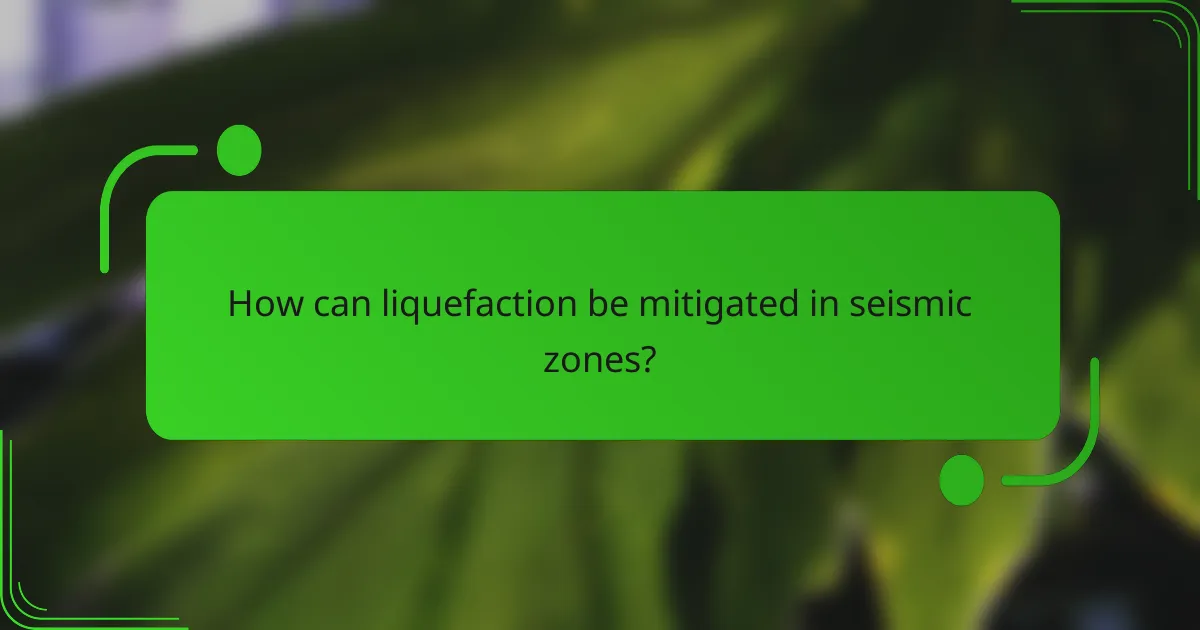
How can liquefaction be mitigated in seismic zones?
Liquefaction in seismic zones can be mitigated through several engineering strategies. Ground improvement techniques, such as soil densification, enhance the stability of loose, saturated soils. These methods include vibro-compaction and dynamic compaction, which increase soil density and reduce void ratios. Another approach is the use of drainage systems to lower pore water pressure during seismic events. This helps maintain soil stability and prevents liquefaction. Additionally, constructing deep foundations or piles can transfer loads to more stable soil layers. These foundations are designed to resist the forces generated by seismic activity. Research indicates that implementing these strategies significantly reduces the risk of liquefaction-related damage in structures. For example, the 2011 Christchurch earthquake showed that buildings on improved ground performed better than those on untreated soil.
What strategies are effective in preventing liquefaction?
Effective strategies for preventing liquefaction include soil improvement techniques, proper drainage systems, and the use of deep foundations. Soil improvement techniques, such as compaction grouting and vibro-replacement, enhance soil density and stability. Proper drainage systems reduce pore water pressure during seismic events, mitigating liquefaction risk. Deep foundations, like piles, transfer loads to deeper, more stable soil layers, minimizing surface-level liquefaction effects. Research shows that these methods can significantly reduce liquefaction potential in seismic zones. For instance, studies demonstrate that ground improvement can lower liquefaction susceptibility by up to 80%.
How does soil improvement help reduce liquefaction risk?
Soil improvement reduces liquefaction risk by enhancing soil density and stability. Techniques such as compaction increase soil particle interlocking. This interlocking minimizes pore water pressure during seismic events. Improved drainage systems allow excess water to escape, reducing saturation. Soil stabilization methods, like grouting, increase shear strength. These changes make the soil less susceptible to liquefaction. Studies show that improved soils can withstand greater seismic forces. For example, a 2016 study found that compacted soils significantly reduced liquefaction potential in test scenarios.
What engineering techniques are used to design liquefaction-resistant structures?
Engineering techniques used to design liquefaction-resistant structures include ground improvement methods, structural reinforcement, and the use of flexible foundations. Ground improvement techniques, such as soil densification and grouting, enhance the soil’s stability and reduce liquefaction potential. Structural reinforcement involves using materials and designs that can withstand seismic forces, such as cross-bracing and shear walls. Flexible foundations, like deep piles or mat foundations, allow structures to move with seismic activity, minimizing damage. These techniques are validated by studies showing their effectiveness in reducing liquefaction-related failures during earthquakes.
What role does urban planning play in liquefaction mitigation?
Urban planning plays a critical role in liquefaction mitigation by influencing land use and infrastructure design. Effective urban planning identifies high-risk areas prone to liquefaction. This allows for the implementation of building codes that require appropriate foundation designs. Such designs can include deep foundations or soil stabilization techniques. Furthermore, urban planners can promote the development of open spaces to absorb seismic energy. They can also restrict development in vulnerable zones, minimizing potential damage. Historical events, such as the 1995 Kobe earthquake, highlight the importance of proactive urban planning in reducing liquefaction impacts. In this case, areas with poor planning experienced significant liquefaction damage. Thus, strategic urban planning is essential for enhancing community resilience against seismic events.
How can zoning regulations address liquefaction risks?
Zoning regulations can address liquefaction risks by restricting development in high-risk areas. These regulations can delineate zones based on soil composition and seismic activity. They can mandate geotechnical assessments before construction. Zoning can also enforce building codes that require foundations designed to withstand liquefaction. For example, structures may need to be elevated or built with reinforced materials. Additionally, zoning can promote land-use planning that avoids critical infrastructure in vulnerable zones. This approach reduces potential damage during seismic events. Overall, effective zoning regulations minimize the risk of liquefaction-related disasters.
What community education initiatives are beneficial for understanding liquefaction?
Community education initiatives that are beneficial for understanding liquefaction include workshops, public seminars, and informational campaigns. Workshops provide hands-on learning experiences about liquefaction mechanisms. Public seminars often feature experts discussing case studies and local risks. Informational campaigns can utilize brochures and online resources to disseminate knowledge. School programs can integrate liquefaction education into science curricula. Community drills can simulate earthquake scenarios to illustrate liquefaction effects. Collaboration with local governments can enhance outreach efforts. These initiatives have been shown to increase public awareness and preparedness in seismic zones.
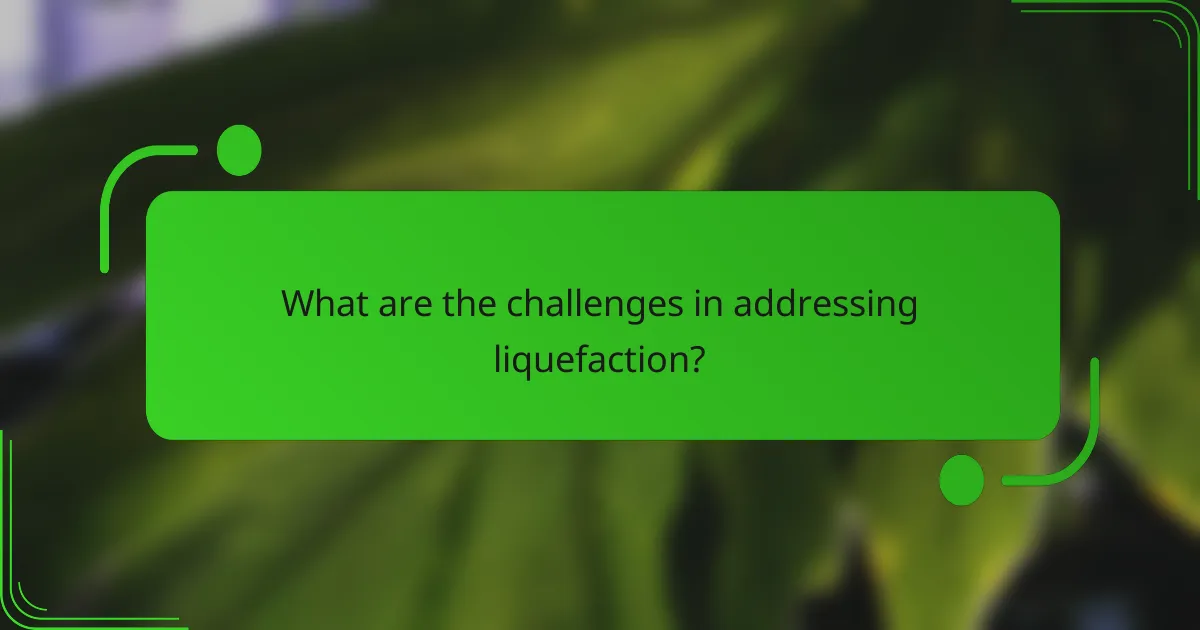
What are the challenges in addressing liquefaction?
Addressing liquefaction presents several challenges. One major challenge is the unpredictability of liquefaction occurrence during seismic events. Soil composition and saturation levels vary significantly across different regions. This variability complicates accurate assessments of liquefaction risk. Additionally, existing building codes may not adequately address liquefaction effects. Many structures are not designed to withstand ground failure caused by liquefaction. Moreover, retrofitting existing structures to mitigate liquefaction risks can be costly and logistically challenging. Limited resources and funding can hinder effective mitigation efforts. Lastly, public awareness and understanding of liquefaction risks are often low, reducing community preparedness.
What limitations exist in current liquefaction research and technology?
Current liquefaction research and technology face several limitations. One major limitation is the lack of standardized testing methods for soil behavior under seismic conditions. This inconsistency can lead to unreliable data and conclusions. Additionally, existing models often oversimplify complex soil interactions during liquefaction events. Such oversimplifications can misrepresent real-world scenarios.
Another limitation is the insufficient understanding of the factors influencing liquefaction susceptibility. Factors like soil composition, density, and water content are not always accurately modeled. Furthermore, many studies focus on specific geographic regions, limiting the applicability of findings to other areas.
Finally, there is a gap in the integration of advanced technologies, such as remote sensing and machine learning, into liquefaction assessment. This technological lag hinders the development of more effective mitigation strategies. Overall, these limitations impede the progress of liquefaction research and its application in seismic zones.
How do economic factors influence liquefaction mitigation efforts?
Economic factors significantly influence liquefaction mitigation efforts by determining funding availability and resource allocation. Limited budgets can restrict the implementation of advanced engineering solutions. In contrast, robust economic conditions enable investment in research and technology for better mitigation strategies. For instance, regions with higher economic stability can afford comprehensive studies and infrastructure upgrades. Additionally, economic incentives can encourage private sector participation in mitigation projects. A study by the National Institute of Standards and Technology shows that areas investing in liquefaction mitigation save on long-term recovery costs. Thus, economic conditions directly impact the effectiveness and scope of mitigation efforts.
What best practices should be followed for effective liquefaction management?
Effective liquefaction management involves several best practices. First, conducting thorough site assessments is crucial. This includes evaluating soil composition and moisture content. Second, implementing proper drainage systems can reduce water accumulation. Third, using ground improvement techniques enhances soil stability. Techniques like compaction grouting and soil mixing are effective. Fourth, designing structures to withstand liquefaction effects is essential. This includes using flexible foundations and materials. Fifth, continuous monitoring of soil conditions during seismic events is necessary. This ensures timely responses to potential liquefaction risks. These practices collectively enhance resilience against liquefaction in seismic zones.
How can regular assessments and monitoring contribute to liquefaction preparedness?
Regular assessments and monitoring enhance liquefaction preparedness by identifying vulnerable areas and tracking changes in soil conditions. These evaluations help in understanding the susceptibility of different sites to liquefaction during seismic events. Continuous monitoring provides real-time data on groundwater levels and soil saturation, which are critical factors influencing liquefaction risk. Historical data from past earthquakes shows that areas with regular assessments can better anticipate and mitigate liquefaction impacts. For instance, studies indicate that regions with proactive monitoring experienced fewer damages during seismic activities. This proactive approach allows for timely interventions, such as reinforcing structures or implementing land-use planning measures. Thus, regular assessments and monitoring play a crucial role in minimizing liquefaction-related hazards.
What collaborative efforts are essential for improving liquefaction resilience?
Collaborative efforts essential for improving liquefaction resilience include multi-disciplinary research, community engagement, and policy development. Multi-disciplinary research brings together geotechnical engineers, seismologists, and urban planners. This collaboration enhances understanding of liquefaction mechanisms. Community engagement involves educating local populations about risks and preparedness strategies. Informed communities are better equipped to respond to seismic events. Policy development ensures that building codes incorporate liquefaction resilience measures. Effective policies can mitigate damage during earthquakes. Collaborative efforts also include partnerships between government agencies and private sectors. These partnerships can lead to innovative solutions and funding for resilience projects.
Liquefaction is a geological phenomenon where saturated soil loses strength and behaves like a liquid during seismic events, leading to significant structural damage and ground failure. This article explores the causes of liquefaction, including soil composition and pore water pressure, and examines its effects on buildings and infrastructure. It also discusses mitigation strategies such as ground improvement techniques, drainage systems, and the importance of urban planning and zoning regulations. Additionally, the article highlights the challenges in addressing liquefaction and the role of community education and collaborative efforts in enhancing resilience in seismic zones.
